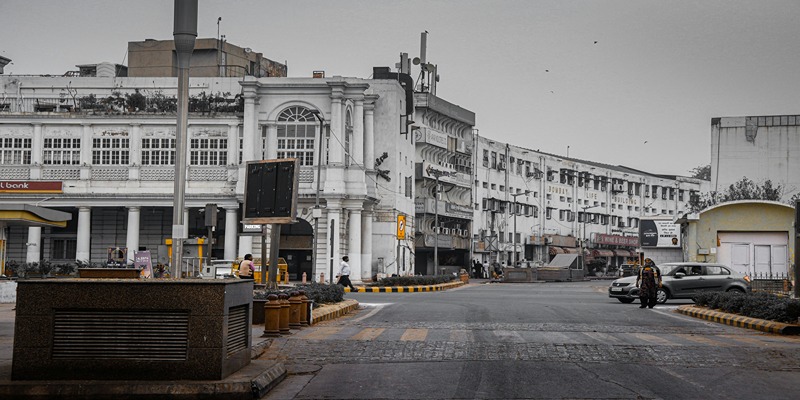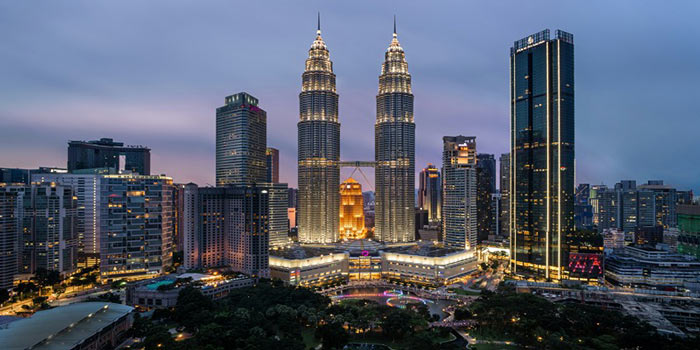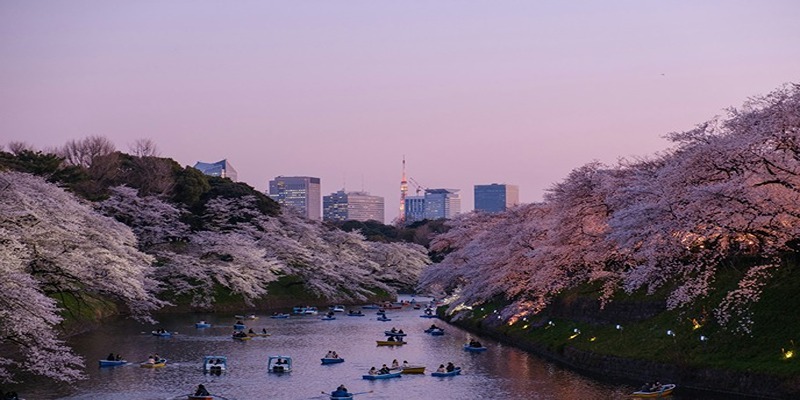Delhi, the capital of India is a city that has been rich in culture and heritage. It is a place that has old artifacts alongside modern technology telling stories of empires, wars and revolutions. Thus, this city has been the hub of political and cultural movements in Indian history. Whether it is the Mughal-era architectural marvels of the British colonial legacies, every nook and cranny of Delhi has an interesting tale to narrate. The streets of this city are decorated with old monuments, temples and mosques that symbolize the great past. Roaming the streets of Delhi is not only walking along its landmarks but embracing oneself into the core of India’s heterogeneous cultural fabric.

Historical Marvels: The Heart of Delhi's Heritage
The Red Fort: A Symbol of India's Past
The Red Fort stands as a majestic symbol of the Indian past located in Delhi. This fortress was established by Emperor Shah Jahan in the 17 th century, a splendid example of Mughal style with red sandstone walls and beautiful patterns. Key moments in Indian history have taken place at the Red Fort, such as the first speech of India’s first Prime Minister Nehru on Independence Day in 1947. The wide premises of the complex are home to many historical buildings, such as Diwan-i-Aam and Diwan-i-Khas, which symbolize the grandeur of Mughal Empire. The fort represented a beautiful blend of Persian and Indian architecture, adding to its importance in the war for independence as it is one of the important destinations that shed light on India’s journey through history.
Qutub Minar: An Architectural Masterpiece
This minaret reaches a height of 72.5 meters and forms part of the Qutub complex, which houses many other ancient structures such as the Iron Pillar and Alai Darwaza. Designed in the twelfth century by Qutb-ud-din Aibak and later completed by Iltutmish, the Qub Minar is known for its elaborate carvings and fine craftsmanship. The features of the minaret include fluted columns and balconies, proving the architectural genius of that time. The Qutub Minar serves as a link between the early history of Delhi and its architectural development, which makes it essential for those interested in heritage to visit.
Delhi’s Spiritual Tapestry: Temples and Mosques
Lotus Temple: An Oasis of Peace
Known for its magnificent lotus-shaped structure, this architectural masterpiece is white marble all over and set amidst beautiful gardens and lakes. The temple is open to people of all faiths – the Bahá’í principles of unity and harmony are reflected in it. The interior is peaceful and allows visitors to sit back, meditate, think, or simply enjoy the calming ambiance. Apart from its architectural uniqueness, the Lotus Temple is a symbol of peace and oneness that attracts tourists across the world to enjoy its serene atmosphere.
Jama Masjid: Reflecting Mughal Magnificence
Jama Masjid, one of the largest mosques in India, is a witness to Mughal architecture’s magnificence. The mosque was commissioned by Emperor Shah Jahan who is known for the striking red sandstone and marble of which it has imposing domes and tall minarets. The large courtyard can hold thousands of worshippers, symbolizing the importance of the mosque in the Islamic society. The complex carvings, arches, and the magnificent central dome are symbolic of Mughal architectural genius. Visitors can climb the southern minaret to get the panoramic view of Old Delhi, including a far-off sight of Red Fort. Jama Masjid, steeped in history and majestic architecture, serves as a window into Delhi’s Islamic legacy and is an essential site for interpreting the city’s religious pluralism.
Explore Delhi: Bustling Markets and Streets
Chandni Chowk: A Glimpse into Old Delhi
Chandni Chowk is one of the oldest and busiest markets that reflects the city’s historical depth and cultural diversity. This busy market district that dates back to the 17 th century was once Shah Jahan’s main avenue and grand boulevard. It is now a vibrant center of shops, street food, and heritage buildings. Walking through Chandni Chowk is like going back in time, with the narrow streets filled with shops that sell spices, fabrics. The market is also a home of historical buildings such as the Red Fort and Jama Masjid which add to its cultural value.

Connaught Place: The Commercial Heartbeat
This famous market was built during the British era and is known for its consistent Georgian architecture and round shape. There are endless shops, restaurants and cafes in the colonnaded white buildings that make it a favorite spot for both locals and visitors. Combining modern day culture with remnants of colonial history, Connaught Place presents a veritable selection from extravagant shopping and refined food to cultural events. CP is a place of vibrancy due to the regular concerts and festivals that take place in its central park. Among the sights that must not be missed by anyone visiting Delhi is Connaught Place, which combines old-world elegance with contemporary living.
Green Spaces in the City: Delhi’s Lush Gardens
Lodhi Gardens is a peaceful refuge from the busy city. This ancient park, which is filled with old tombs and remains of the Lodhi dynasty architecture works, represents a combination of history and nature. The beautifully designed gardens, jogging tracks and tranquil lakes make it the most sought after place for morning walks, picnics and simple strolls. The garden has a variety of flora and fauna as well as its historical background that gives an opportunity for one to enjoy some calm while in a busy life.
Conclusion
Delhi is a city where every nook speaks about history, culture and the present day vibrancy. There is a range of architectural marvels in the city, such as Qutub Minar and Red Fort as well as a peaceful environment like that provided by Lodhi Gardens. Its vibrant urban spirit is reflected in the crowded markets of Chandni Chowk and the sophistication of Connaught Place. The variety of temples, historical places and green areas makes Delhi so attractive to every guest. It is not just viewing Delhi, it is living in the soul of a city that represents what India stands for.




